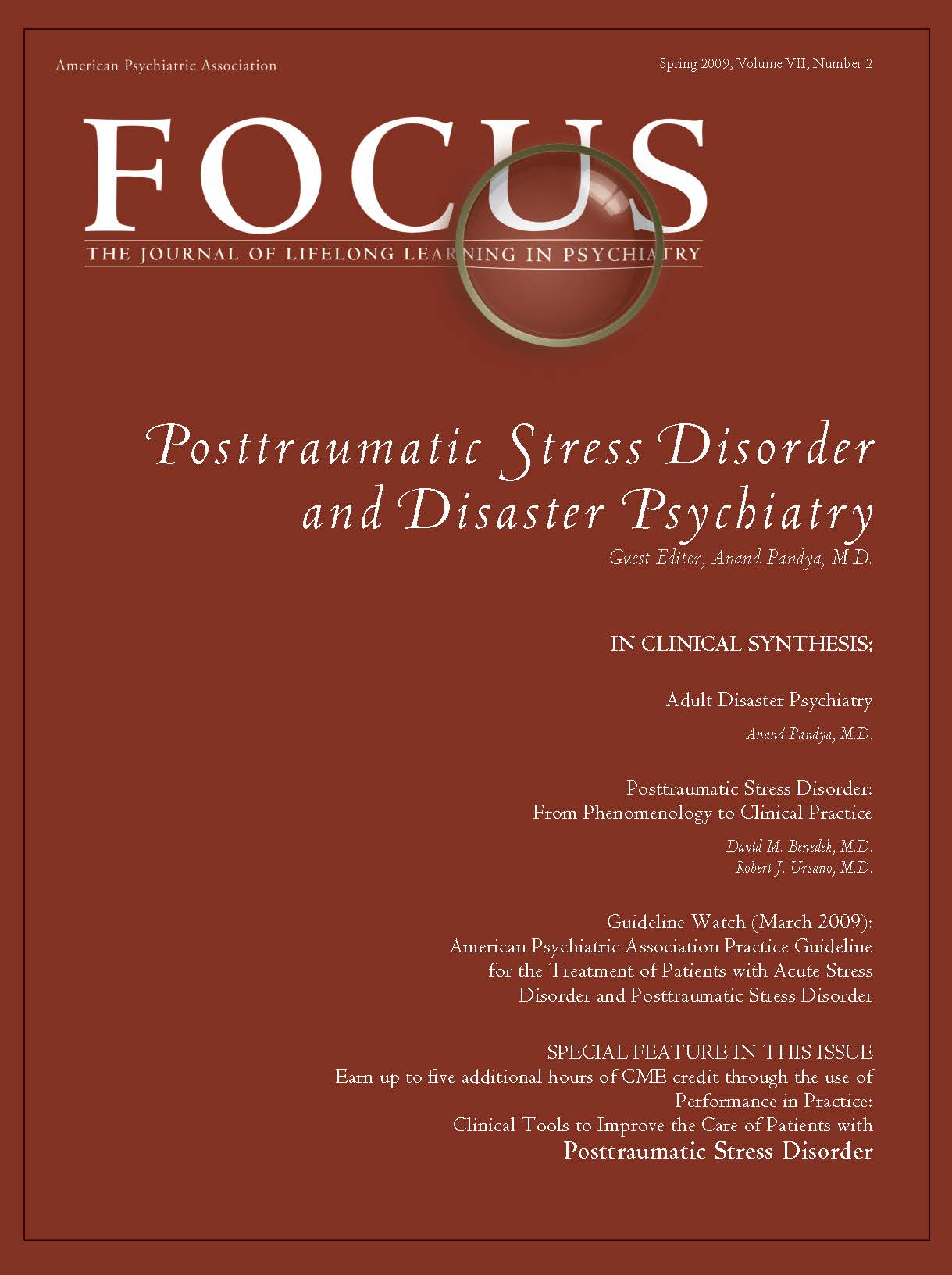Posttraumatic Stress Disorder: From Phenomenology to Clinical Practice
Abstract
The psychological and behavioral consequences of exposure to traumatic events—particularly combat—have been recognized throughout the ages. Since its 1982 introduction in the Diagnostic and Statistical Manual of Mental Disorders, 3rd edition much has been learned about the pathophysiology of PTSD. Current theories focus on brain regions and neurobiological systems regulating stress and fear response, fear memory formation and retrieval. Effective pharmacologic and psychotherapeutic interventions target these systems. New treatments must prove more effective in specific subpopulations of patients with PTSD. These will include combinations of pharmacologic agents and psychotherapy, and treatments targeting different regions, receptors, or mechanisms involved in the traumatic stress response.



